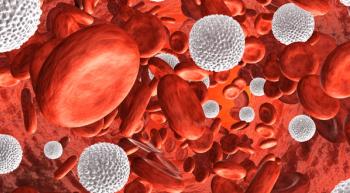
Measurable Residual Disease's Role in the Relapse Setting
MRD can prove useful in the treatment of patients with hairy cell leukemia who relapsed.
For patients with hairy cell leukemia maintaining complete remission (CR) is often a challenge, which is why physicians need to focus on measurable residual disease (MRD), according to Frahad Ravandi-Kashani, MD.
At the 2019 Hairy Cell Leukemia Foundation Annual Conference, Ravandi-Kashani, professor of medicine in the department of leukemia at the University of Texas MD Anderson Cancer Center, had the chance to sit down with OncLive®, a sister publication to Oncology Nursing News®, and discuss why he felt MRD is important to keep an eye on in the treatment of patients in the relapsed setting.
TRANSCRIPTION
I think in the relapse setting MRD may still be important, especially if you use strategies that are not producing 100% MRD-negative CR, because then you can think about better monitoring the patient and you may even, whether it is possible or not, want to supplement the therapy that you use for your relapse patient. So, I think there potentially could be a role for MRD assessment particularly in relapsed patients, because in the relapse setting the CR durations have tended to be shorter.
Newsletter
Knowledge is power. Don’t miss the most recent breakthroughs in cancer care.




















































































